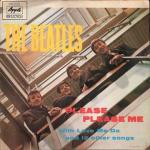 More of the Music of The Beatles
More of the Music of The Beatles
More Reviews and Commentaries for Please Please Me
With all due respect to Sir George Martin, we’ve played a number of mono pressings of this album in the past twenty or so years and have never been particularly impressed with any of them. The monos jam all the voices and instruments together in the middle, stacking them one in front of the other, and lots of musical information gets mashed together and simply disappears in the congestion.
But is Twin Track stereo any better?
Yes, when you do it the way Norman Smith did on Please Please Me.
Twin Track stereo (which is actually not very much like two-track stereo, I’m sure Wikipedia must have a listing for it if you’re interested) is like two mono tracks running simultaneously. It allows the completely separate voices to occupy one channel and the completely separate instruments to occupy another, with no leakage between them.
On some stereos it may seem as though the musicians and the singers are not playing together the way they would if one were hearing them in mono. They are in fact recorded on two separate mono tracks, the instruments appearing in the left channel and the singers in the right, separated as much as is physically possible.
Stuck in their individual stereo speakers, so far apart from one another, the members of the band don’t even seem to be playing together in the same room.
That’s on some stereos, and by some stereos I mean stereos that need improvement. Here’s why.
Three-Dimensional Mono?
In the final mixing stage, Norman Smith added separate reverb to each of the two channels, sending the reverb for the sound recorded in each channel to the opposite channel. This has the effect of making the studio, the physical space that The Beatles appear to be in, seem to stretch all the way from the right channel, where the Beatles’ voices are heard, to the back left corner of the studio, where the reverb eventually trails off.
And vice versa for the instruments. They reach all the way from the left speaker, where they are heard playing, to the right rear corner of the studio, where the reverb for them trails off.
Which has the effect of making The Beatles sound like they are in a big studio. Both voices and instruments “occupy” the entire studio this way, stretching wall to wall, with at least the appearance of three-dimensionality. The sound reaches right across the stage in both directions and trails off in the dark corners at the back of the room.
It may only be an illusion, but it’s a convincing one nevertheless.
Resolving Power
But it can only be convincing if you have two things:
- A highly resolving system (we define the term to include equipment, proper setup, tweaks, electrical quality and room treatments) that is capable of reproducing the “room,” and,
- A high resolution pressing that contains all that lovely room information, to be extracted from its grooves by the high-resolution system described above.
If a recording of Please Please Me sounds like it’s stuck in the speakers at your house, it’s the system (which includes the room and room treatments; they are every bit as important as the equipment you own, and probably more important, truth be told), or it’s the pressing, or it’s both.
(more…)
 More of the Music of Kenny Burrell
More of the Music of Kenny Burrell
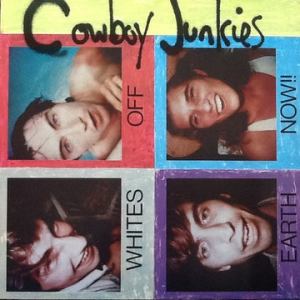
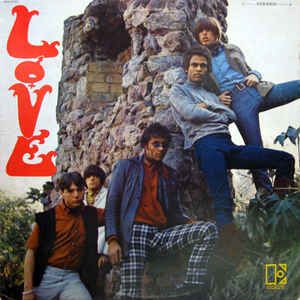
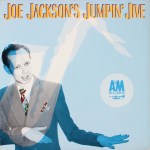 More Records that Are Good for Testing Grit and Grain
More Records that Are Good for Testing Grit and Grain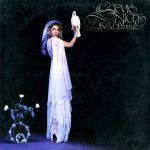



 More of the Music of The Beatles
More of the Music of The Beatles